Down But Not Out - Dhole ( Indian Wild Dogs )
Dhole, The Indian Wild Dog
WILD DOGS
Aniruddha Bhattacharya
6/15/20254 min read
Pics : 1 - 8 ; Kabini | Pics : 9 - 12 ; Tadoba National Park
Some stories that we witness in the wild leave an impression. It’s the characters I recon and the camera related technicalities too. It’s relatable when it’s familiar and there’s tragedy, comedy or danger involved. Interestingly, now that I think about it, there are always a couple of stories that have made an impression on me from every trip that I’ve made so far. Hey that’s why I started this blog thing in the first place. This story hits home a little harder for me than the rest for many reasons so here it goes.
I grew up around dogs, love them and have always been good with them. Back in 2017, I was on my first wildlife photography trip, at Kabini, armed with a camera kit with a long lens which I was also using for the first time. There were so many lessons learnt on that trip but probably the most important ones were thanks to this guy in Pics: 1 – 8, an Asiatic Wild Dog. I didn’t even know what a wild dog was until I saw him sitting by the road. Our guide told us that he’s a Dhole, The Wild Dog and that they’re pack animals so him being alone as he was a rarity. This guy was the first wild animal that I recon I caught in so many photos in which I had his eye. It was like he was looking at me repeatedly and that’s how he taught me one of my first major lessons in wildlife photography. You not only have to catch the eye, you actually have to anticipate it and plan your whole image around that in the fraction of a second. It becomes second nature. It’s the hardest and the most satisfying thing for me when I get it bang on. Really, just seeing the animal doesn’t give the rush anymore, the rush comes now when you nail your calculations for your shots on the first try cause you usually won’t get a second chance. Im sure everyone who does this like I do gets the same rush and that’s why we do it. It’s the Mazaa. What makes the guys I look up to better at this game is that they are factoring more data inputs just as fast.
So my guy got up after a bit and it became clear why he was alone. Guy was limping. He was still full of confidence, obviously still well fed and moving about pretty well on his three legs going about what he was about which seemed to follow some plan to me for sure. Our guide told us that the dog’s pack had probably left him behind because of his injury and he’d have to recover in time to be a useful part of the pack or he’d be abandoned to death eventually. There’s no way he could hunt alone. I felt bad really. But that’s just how it is in the wild. We moved on after he went into the bush and I saw my first tigress soon after that and forgot all about the lowly wild dog. Funnily though, I realized when I got back home that the pictures of the dog were much better than the pictures of the tigress.
I didn’t see any Dhole again till 2024 in Tadoba ( Pics : 9 – 12 ) when I ran into a small pack. I was told then that that you don’t really see as many of these guys around these days as you used to and that sighting was a rarity. I just assumed that well, they’re dogs. They must be getting domesticated by interbreeding. Well, not really. These guys don’t get domesticated. In fact, hanging around domestics kills them. They can’t handle the things that don’t make the domestics sick. They’re genetically very different from the common Indian mongrel and they once ranged from India all the way to Europe. A pack of these guys lays claim to a territory between 20 to 200 kms. So that basically means that there could be just that one pack in all of Tadoba today. Poor guys have lost all their territory and the domestics have taken over the dog world with their alliance with Man. Things are bad for the Dhole, so bad that there’s a captive breeding program for these guys over at Visakhapatnam zoo where fourteen pups were born recently in 2025. What makes matters difficult for the authorities there is that these guys don’t breed easily in captivity. Quite a pity too, just look at those cute eyes. What isn’t cute is that these guys lack the ability to kill their prey with a kill shot cause the prey is usually larger than them and they have to eat their prey alive. That’s why they can’t survive alone. They pretty much just start biting at the prey all together and you go when you do if they’ve started sinking teeth in.
Coming back to my first Dhole, I still feel for that guy when I browse through his photos. He gave me my first taste really and that makes him special to me and hey, I’m the one limping around now and will be redundant if I don’t keep up. So in my head I’m still rooting for that guy. If I remember his eyes though, guy was so sure of himself, I know he had a plan. Sure pack members may be abandoned from time to time, but healthy pack members recovering from injury surely must be more common. The species in general is doing a lot better than many wolves and jackals globally. They’re endangered as of now with around 2500 or so individuals around. They’re down just like my guy with the limp but not out. I just hope that we start looking at the Dogs of India now that we’ve had so much success with the cats and soon.
In hindsight, the most important lesson that I have learnt from the Dhole’s confidence despite injury be it the first guy I saw or the species as a whole, confidently taking on the growing pressure of Humans and Tigers is that survival is not an option really. You have to keep going. You’re not out of this game till you are and no one gets out of it alive.
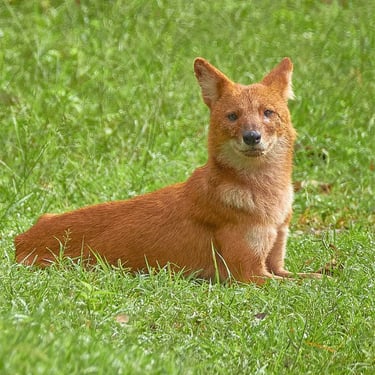
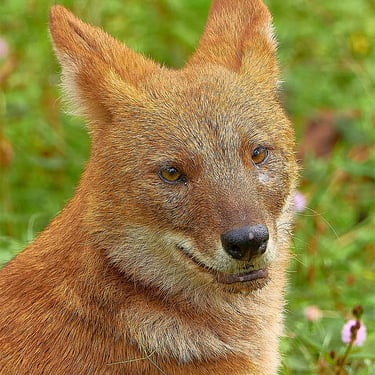
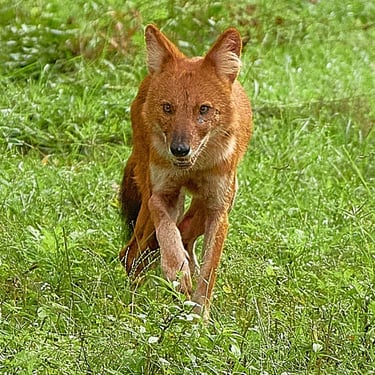
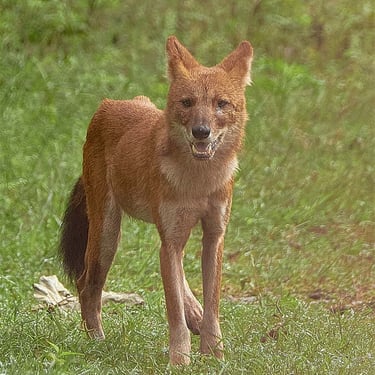
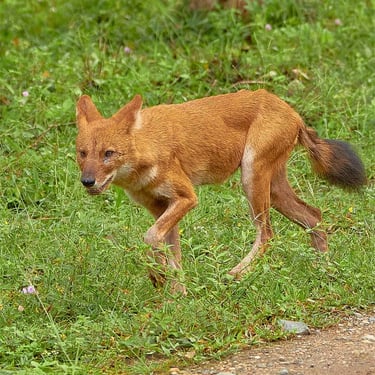
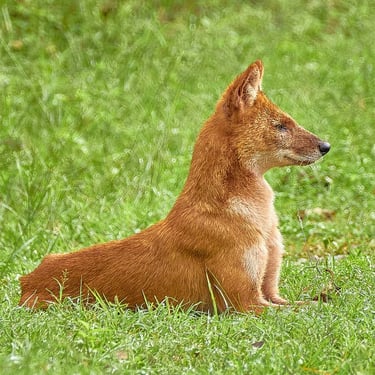
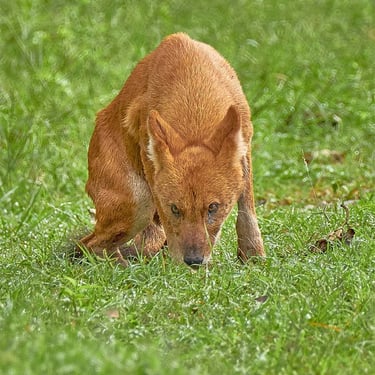
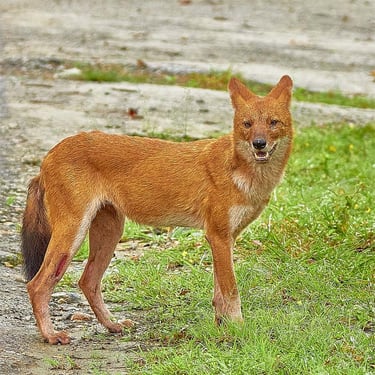

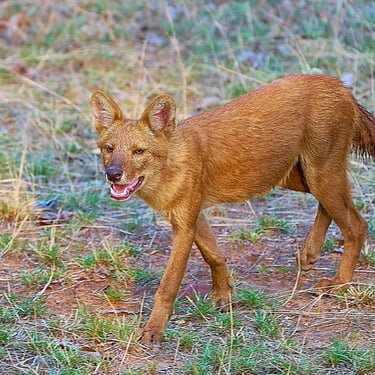
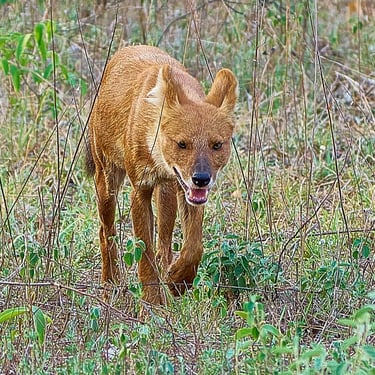
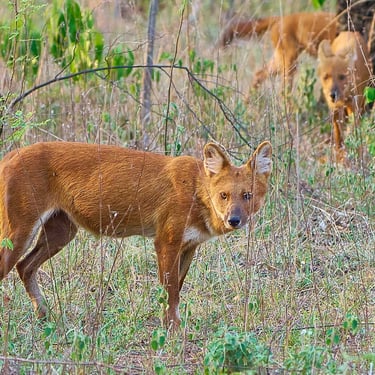
© 2025. All rights reserved.
